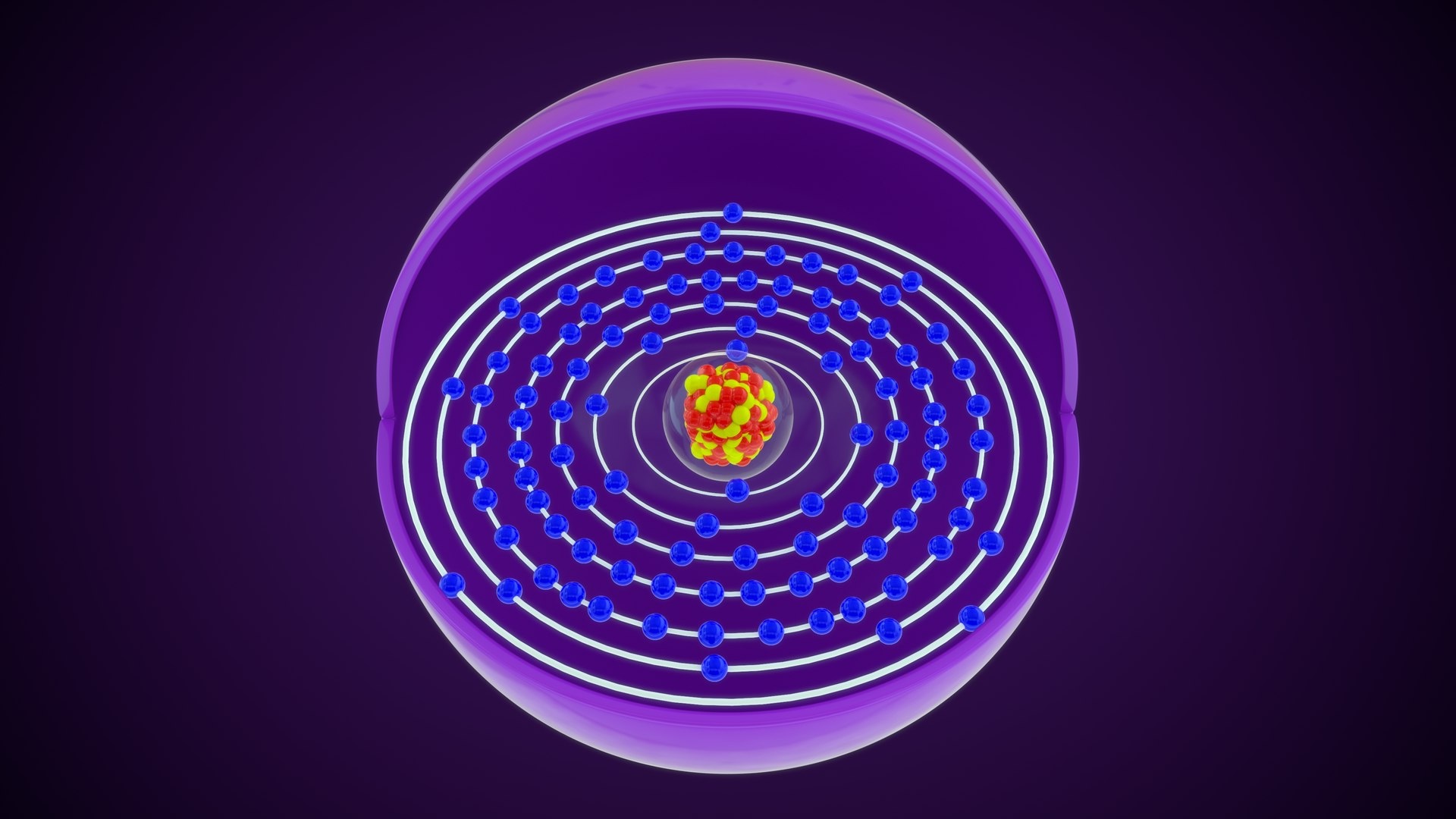
Lawrencium is one of those elements that often flies under the radar. Named after Ernest Lawrence, the inventor of the cyclotron, this element holds a special place in the periodic table. Lawrencium is a synthetic element with the symbol Lr and atomic number 103. It belongs to the actinide series, which includes elements known for their radioactive properties. This element was first produced in 1961 by bombarding californium with boron ions. Lawrencium is highly radioactive and has no significant commercial applications, but it plays a crucial role in scientific research. Its most stable isotope, Lr-262, has a half-life of about 3.6 hours. Curious about more? Let's dive into 50 intriguing facts about Lawrencium!
Key Takeaways:
- Lawrencium, a radioactive element, was named after physicist Ernest Lawrence. It has unique properties and is used in nuclear research, helping scientists understand actinide chemistry and explore nuclear reactions.
- Discovered in 1961, lawrencium is a heavy, synthetic element with no known biological role. It's highly unstable and contributes to advancements in nuclear physics and theoretical models.
What is Lawrencium?
Lawrencium, a synthetic element, sits at the end of the actinide series on the periodic table. Named after physicist Ernest Lawrence, it has some fascinating properties and history. Let's dive into some intriguing facts about this element.
- Lawrencium's symbol is Lr.
- It has an atomic number of 103.
- This element was first synthesized in 1961.
- A team at the University of California, Berkeley, discovered it.
- It was named after Ernest O. Lawrence, the inventor of the cyclotron.
- Lawrencium is a radioactive element.
- It belongs to the actinide series.
- The most stable isotope of lawrencium is Lr-262.
- Lawrencium has a half-life of about 3.6 hours.
- It is produced by bombarding californium with boron ions.
Physical and Chemical Properties
Lawrencium's properties are unique due to its position on the periodic table. Here are some key characteristics.
- Lawrencium is a metal.
- It is expected to be a solid under normal conditions.
- The element has a high atomic mass.
- Lawrencium's density is estimated to be around 15.6 g/cm³.
- It has a melting point of approximately 1,627°C.
- The boiling point is unknown but presumed to be very high.
- Lawrencium is paramagnetic.
- It exhibits a +3 oxidation state.
- The element is highly reactive with water.
- It forms complexes with various ligands.
Uses and Applications
Due to its rarity and radioactivity, lawrencium has limited practical applications. However, it plays a role in scientific research.
- Lawrencium is used in nuclear research.
- It helps scientists understand actinide chemistry.
- The element is studied to explore nuclear reactions.
- It aids in the synthesis of new elements.
- Lawrencium's properties are useful in theoretical models.
- It contributes to advancements in nuclear physics.
- The element is part of academic studies in chemistry.
- It is used to test predictions of quantum mechanics.
- Lawrencium helps in understanding the periodic table.
- It is a subject of ongoing scientific experiments.
Discovery and Naming
The journey of discovering lawrencium is filled with scientific breakthroughs and international collaboration.
- Lawrencium was first identified in 1961.
- The discovery was made at the Lawrence Berkeley National Laboratory.
- It involved bombarding californium with boron ions.
- The element was named after Ernest O. Lawrence.
- Lawrence was a Nobel Prize-winning physicist.
- The naming honors his invention of the cyclotron.
- The discovery team included Albert Ghiorso, Torbjørn Sikkeland, Almon Larsh, and Robert M. Latimer.
- Initial experiments produced a few atoms of lawrencium.
- The discovery was confirmed by independent research.
- Lawrencium's name was officially accepted by the International Union of Pure and Applied Chemistry (IUPAC).
Interesting Tidbits
Lawrencium's story is filled with interesting facts that highlight its unique place in the world of chemistry.
- Lawrencium is one of the heaviest elements.
- It is part of the transuranium elements.
- The element is not found naturally.
- Lawrencium is produced in particle accelerators.
- It has no known biological role.
- The element is highly unstable.
- Lawrencium's electron configuration is [Rn] 5f14 7s2 7p1.
- It is the last actinide in the periodic table.
- The element's chemical behavior is similar to lutetium.
- Lawrencium's study helps in understanding heavy elements.
The Final Word on Lawrencium
Lawrencium, element 103 on the periodic table, remains a fascinating subject for scientists and enthusiasts alike. Discovered in 1961, this synthetic element has no stable isotopes and is highly radioactive. Named after Ernest O. Lawrence, the inventor of the cyclotron, lawrencium's most stable isotope, Lr-262, has a half-life of about 3.6 hours. Its applications are limited due to its short half-life and scarcity, but it plays a crucial role in scientific research, particularly in understanding the properties of heavy elements.
While lawrencium might not be a household name, its discovery and the ongoing research surrounding it highlight the incredible advancements in nuclear chemistry and physics. As scientists continue to explore the mysteries of the periodic table, elements like lawrencium remind us of the endless possibilities and the ever-expanding boundaries of human knowledge.
Frequently Asked Questions
Was this page helpful?
Our commitment to delivering trustworthy and engaging content is at the heart of what we do. Each fact on our site is contributed by real users like you, bringing a wealth of diverse insights and information. To ensure the highest standards of accuracy and reliability, our dedicated editors meticulously review each submission. This process guarantees that the facts we share are not only fascinating but also credible. Trust in our commitment to quality and authenticity as you explore and learn with us.


